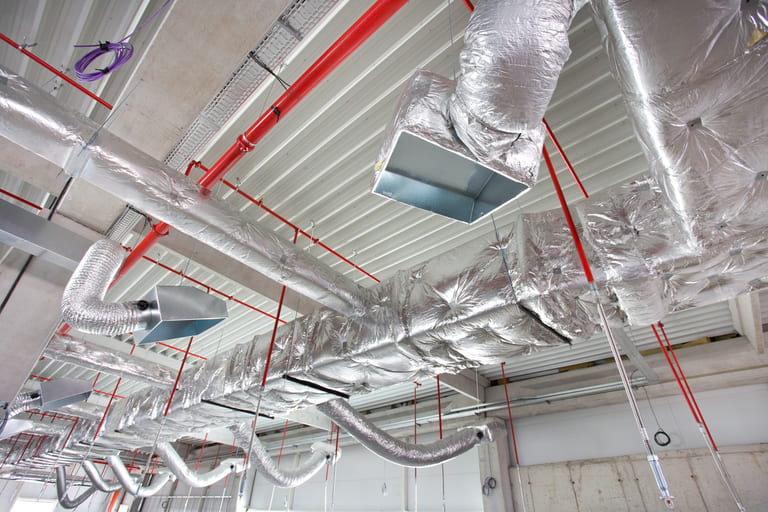

Taiyo Kogyo Column
Introduction of measures to prevent condensation at factories: What are the optimal countermeasures as seen from the causes of condensation?
2020.10.05

In rainy and humid Japan, condensation and moisture problems are no stranger to anyone. Warehouses, factories, and truck terminals are particularly prone to condensation, and various problems plague all concerned.
Why is condensation so likely to occur in warehouses? What are the causes and what are the countermeasures? Are there any warehouses that are less prone to condensation or less susceptible to condensation?
This is explained in this article.





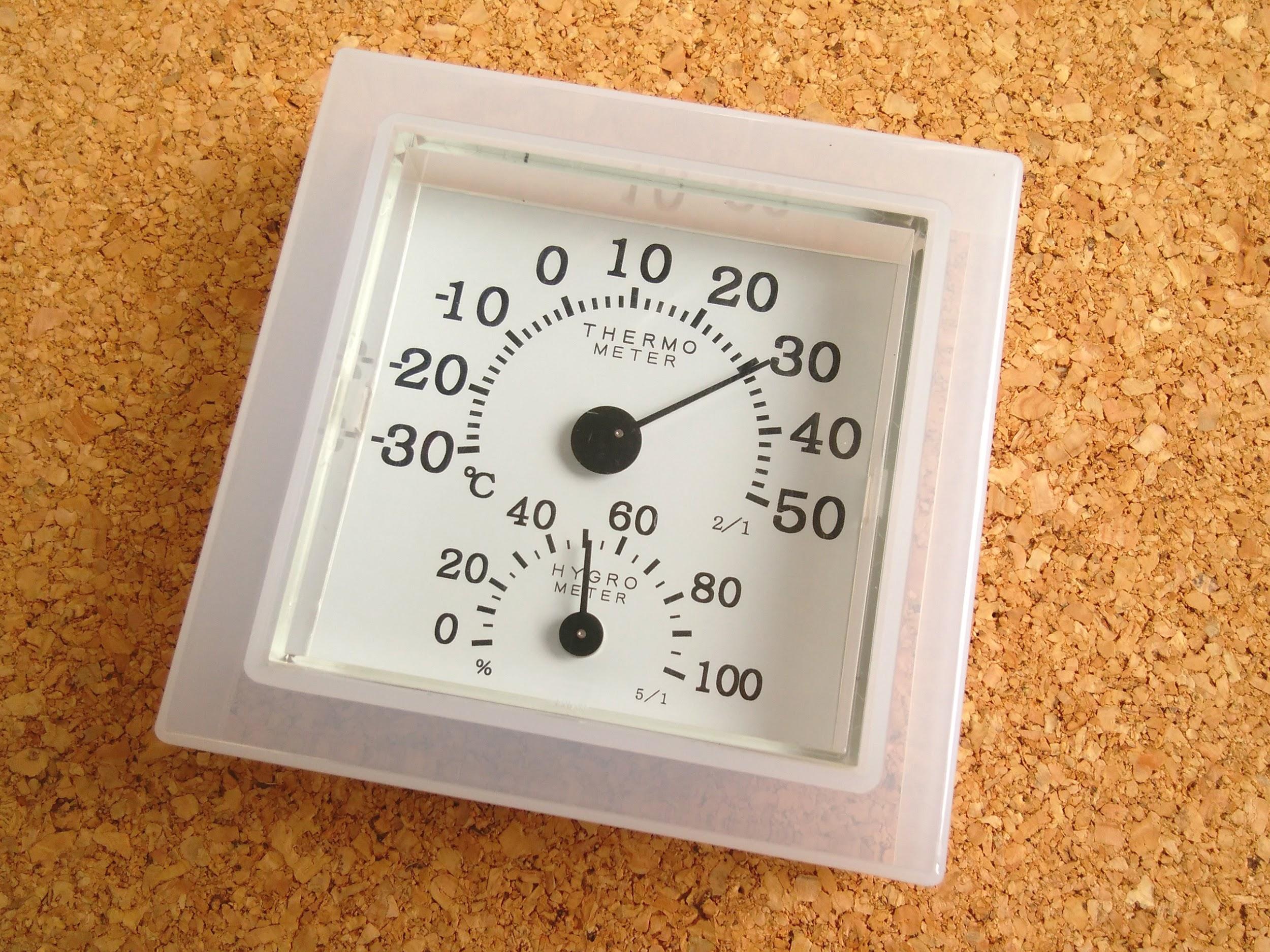
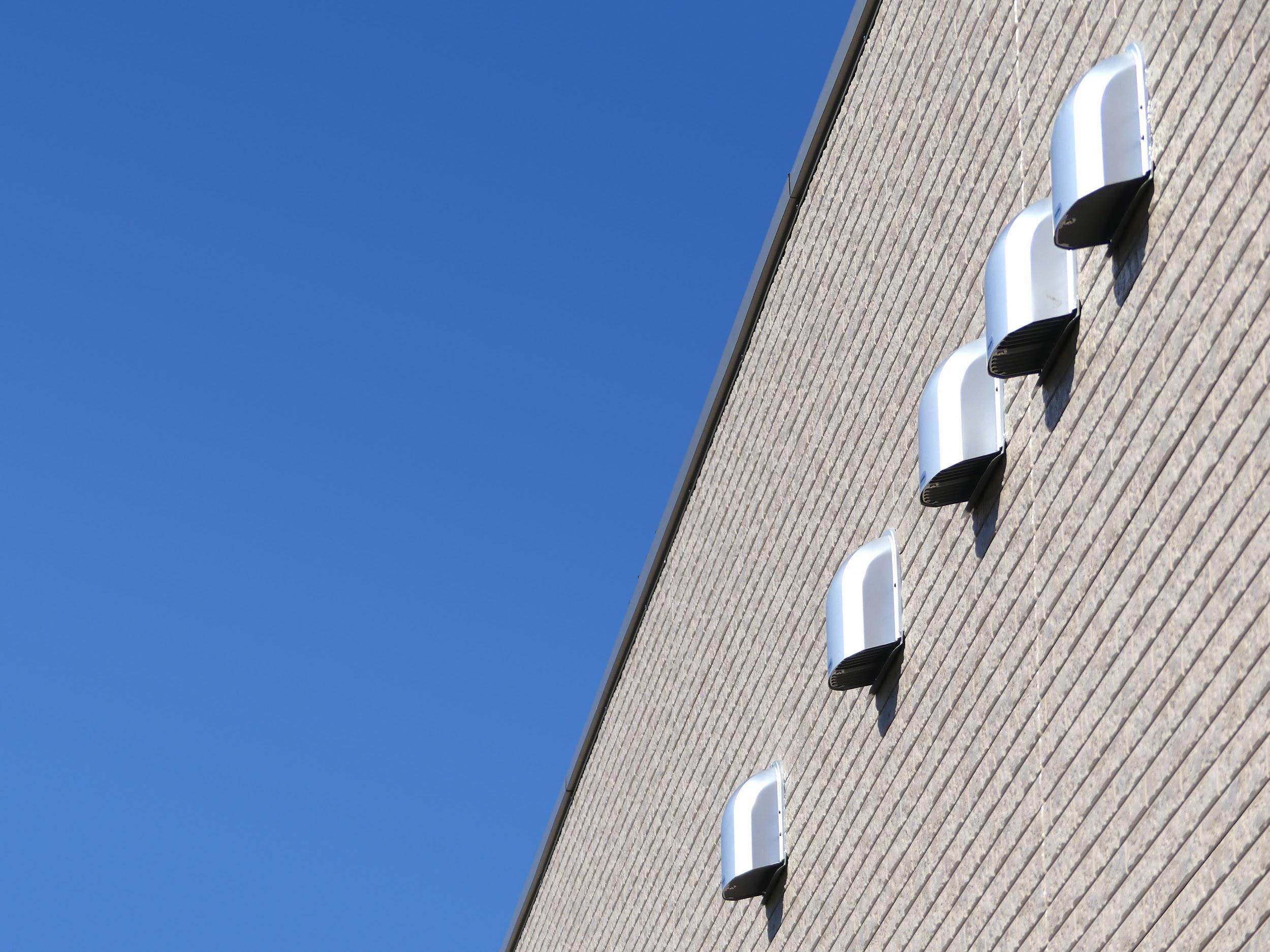
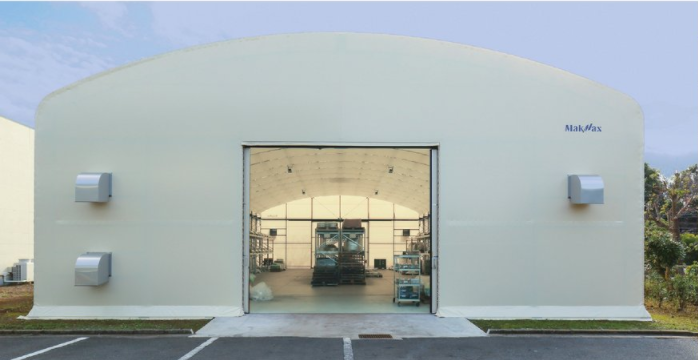
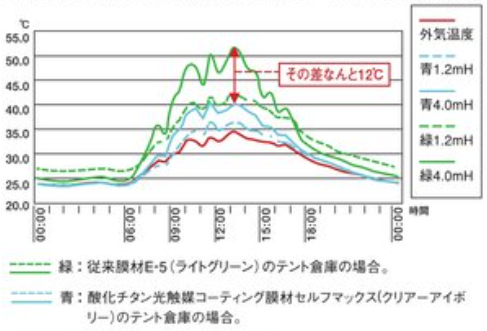



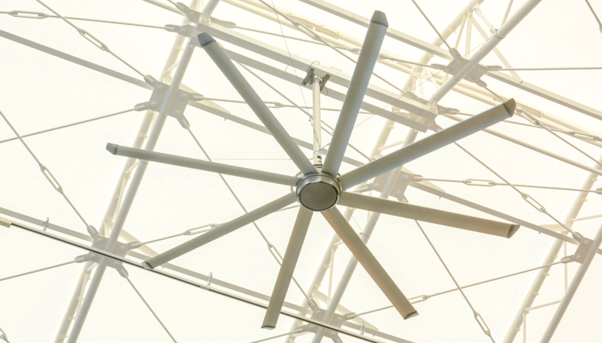



Tent Warehouseへの
Contact us

What you need to know when building a warehouse
We packed it all in.
Clues to solving the 2024 problem
Recommended for
I don't know where to start in building a warehouse.
I want to build a warehouse in an economical way.
Which type of warehouse should we build?
I want to learn the basics of warehouse construction anyway.
I'm concerned about the 2024 problem, but I don't know what to do about it.
Related Articles
- TOP>
- Taiyo Kogyo Column>
- Introduction of measures to prevent condensation at factories: What are the optimal countermeasures as seen from the causes of condensation?







